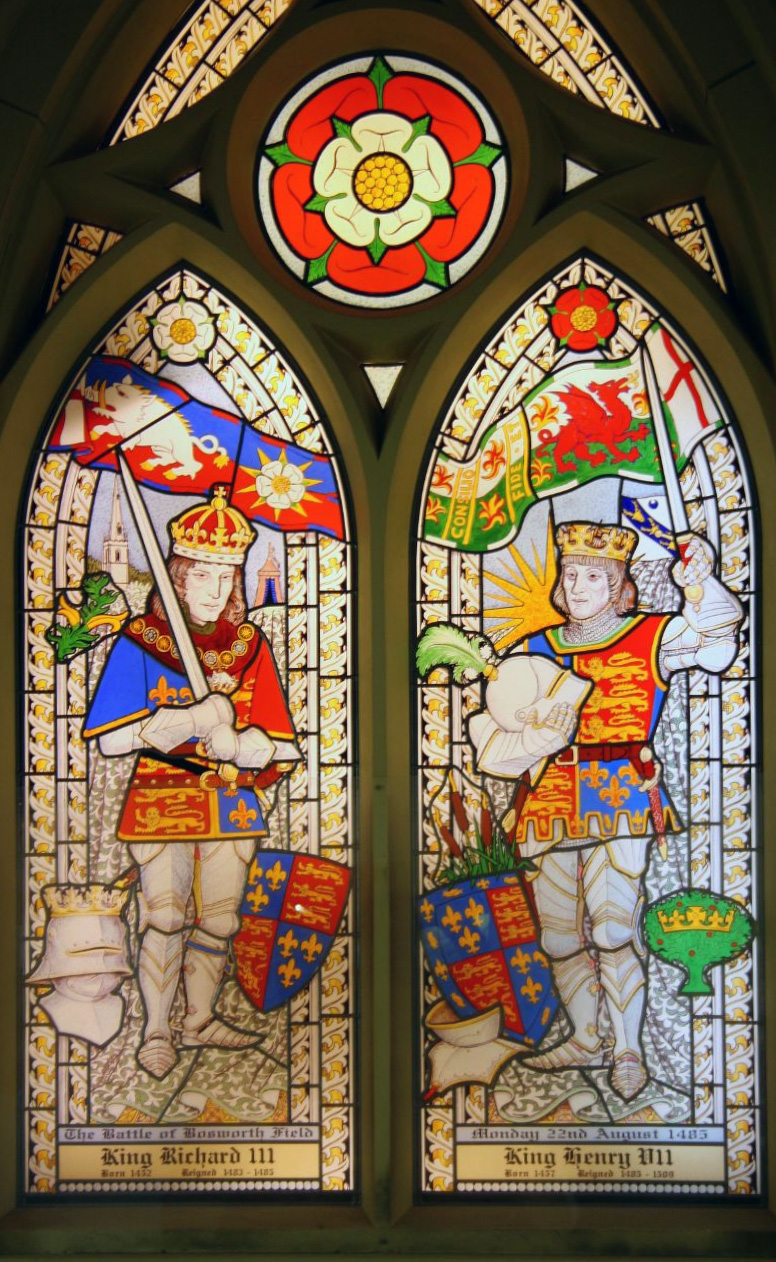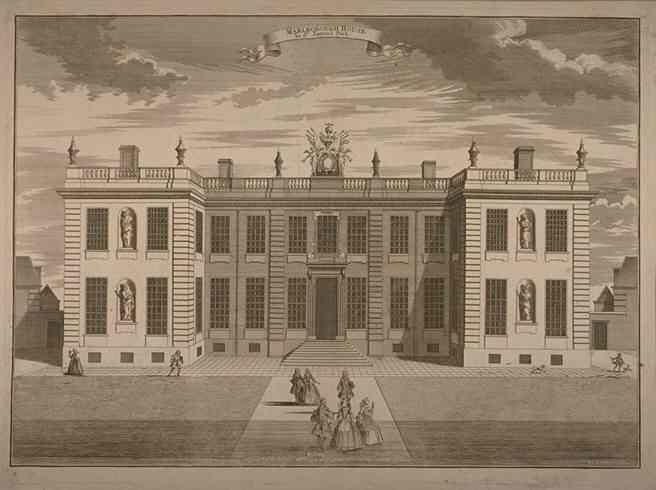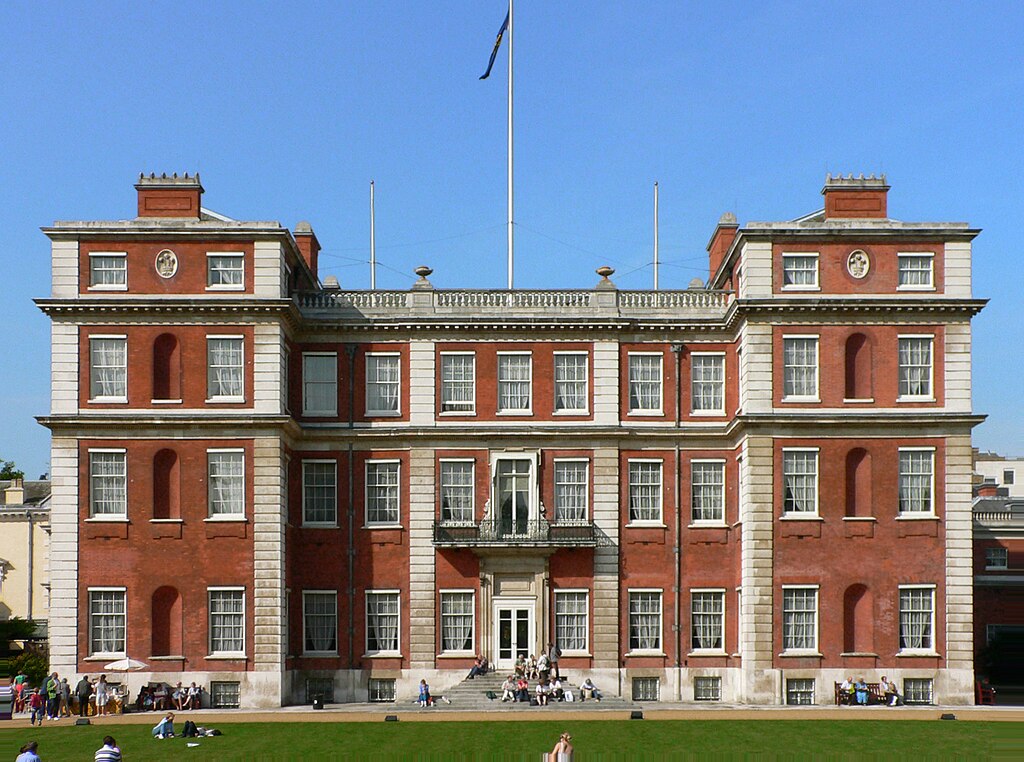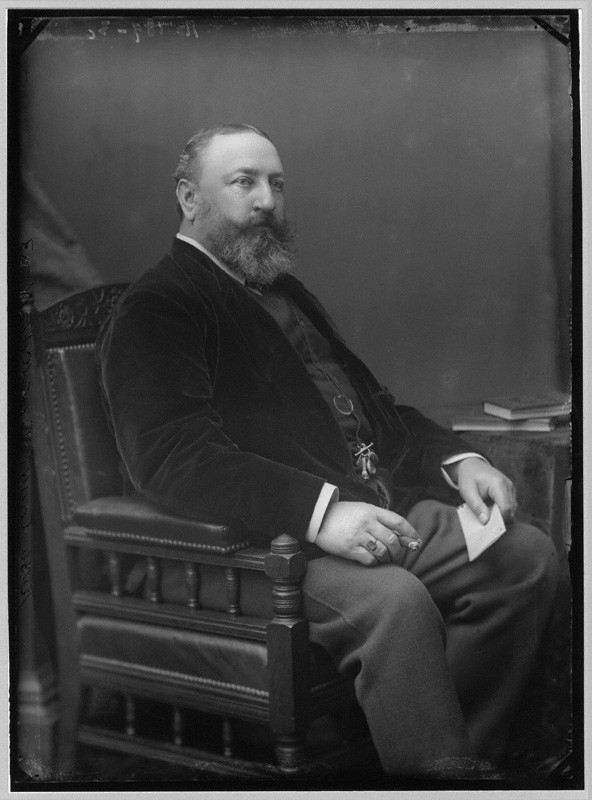by Scott Mehl
© Unofficial Royalty 2015

source: Wikipedia, Gill Hicks
Frogmore House
Frogmore House is located on the Frogmore Estate in the private Home Park of Windsor Castle. Set on 33 acres, Frogmore was a favorite retreat of Queen Victoria. Within the grounds are the Royal Burial Ground, the Royal Mausoleum of Queen Victoria and Prince Albert, and the mausoleum for Queen Victoria’s mother, The Duchess of Kent. While no longer used as a residence, Frogmore House and the grounds are occasionally used by members of the Royal Family for official events and receptions, as well as private family functions.
Frogmore House was built between 1680-1684 and was leased out for many years. From 1709 until 1738, it was leased to George FitzRoy, Duke of Northumberland, an illegitimate son of King Charles II. Later tenants also included Edward Walpole, son of the Prime Minister. After taking the lease for several years, King George III purchased Frogmore for Queen Charlotte in 1792, to use as a retreat. Of course, renovations were needed to make it suitable for a royal residence, and the architect James Wyatt was hired to enlarge the house. The second floor was enlarged, and single-floor pavilions were added on the north and south sides of the house. These were later expanded to make room for a dining room and library to the south, and matching rooms to the north.

Queen Charlotte with King George III and their six eldest children. source: Wikipedia
Queen Charlotte took great interest in the gardens, and is credited with much of the landscape which exists today. She and her daughters often spent time at Frogmore, indulging in their artistic pursuits, and some of their artwork is displayed throughout the house. The Queen had one of the principal rooms decorated by Mary Moser, a noted 18th century painter of flowers. The room is designed to look like an arbor open to the outside.
Following Queen Charlotte’s death in 1818, Frogmore was left to her daughter, Princess Augusta Sophia, who lived there until her death in 1840. The following year, Queen Victoria gave Frogmore to her mother, The Duchess of Kent, who died there in 1861. The house was then used occasionally by members of the Royal Family. Princess Alexandra, wife of the future King Edward VII, gave birth to her eldest son, Prince Albert Victor (Eddy) at Frogmore House in 1864. From 1866 until 1872, it was the home of Princess Helena, 3rd daughter of Queen Victoria, and her husband, Prince Christian of Schleswig-Holstein. During the reign of King Edward VII, the house was used by the future King George V and Queen Mary. And in 1923, the future King George VI and Queen Elizabeth spent part of their honeymoon at Frogmore.
Perhaps most associated with Frogmore is Queen Mary. From 1925 (following the death of the Dowager Queen Alexandra) until her own death in 1953, Queen Mary spent large amounts of time at Frogmore, arranging and cataloging many of the royal treasures that she acquired. These efforts have transformed the house into, in her own words, “a family souvenir museum, as well as a museum of bygones and of interesting odds and ends.” She also reworked some of the gardens
The Duke of Edinburgh has also contributed to Frogmore. Following the decommissioning of the Royal Yacht Britannia in 1997, the Duke designed the Britannia Room (formerly Queen Charlotte’s library, and Queen Mary’s dining room), displaying items that reflect the interior of the yacht. Prominent in the room is a large mahogany table which was made for the yacht in the 1950s.
Today, Frogmore House is occasionally used by the Royal Family for meetings and receptions, as well as private functions. In 2008, it was the site of the reception following the wedding of The Queen’s eldest grandson, Peter Phillips, and Autumn Kelly, and in 2018, hosted the evening reception following the wedding of Prince Harry and Meghan Markle.
Other buildings on the grounds include:

Queen Victoria’s Tea House. photo courtesy of TripAdvisor
– Queen Victoria’s Tea House, where The Queen often took her tea or lunch, and worked on her red boxes.
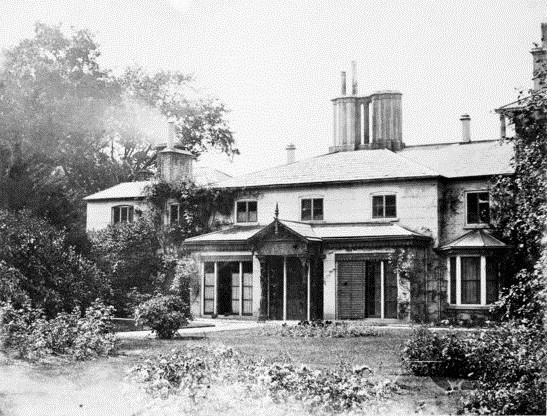
Frogmore Cottage, as seen in 1872. source: Wikipedia
– Frogmore Cottage, which has often been used as a grace and favour residence. Initially a retreat for the daughters of Queen Charlotte, later residents included the American theologian Henry James, Sr in the 1840s, and Abdul Karim, Queen Victoria’s Indian servant, from 1897 until 1901. From 1925 until 1936, King George loaned the cottage to his first cousin, Grand Duchess Xenia Alexandrovna of Russia and her family. And in 2018, it was announced the Frogmore Cottage, following an extensive renovation, would become the official residence of The Duke and Duchess of Sussex. The couple took up residence in early April 2019, prior to the birth of their first child. The cottage changed from the Sussexes “official residence” to “private residence” as of April 2021, when the couple stepped down from official duties on behalf of the Royal Family. In addition to reimbursing the Crown Estate 2.4 million pounds for the cost of renovations, the Sussexes also pay a commercial rent monthly for the property.

The Duchess of Kent Mausoleum. source: Wikipedia, WyrdLight.com
– The Duchess of Kent Mausoleum, which is the burial site of Queen Victoria’s mother, The Duchess of Kent. When construction began, it was intended that the top part of the building would serve as a summer house for the Duchess, while the lower part was designed to be her final resting place. However, the Duchess died before construction was completed, and the upper portion became part of the mausoleum.

The Royal Mausoleum and Royal Burial Ground. source: Wikipedia, Gill Hicks
– The Royal Mausoleum, which is the final resting place of Queen Victoria and her husband, Prince Albert. It was built in 1861-1862 following the death of Prince Albert, and contains the couple’s large marble tomb. There are also several memorials to other members of the Queen’s family, including her daughter Princess Alice, Grand Duchess of Hesse, and her father, Prince Edward, Duke of Kent.
Surrounding the Royal Mausoleum is the Royal Burial Ground. It was established in 1928, and eight members of the royal family, previously interred in the Royal Crypt at St. George’s Chapel, were reburied here. It has become traditional for non-reigning members of the royal family to be buried here.
Learn more about the other British Royal Residences here!
This article is the intellectual property of Unofficial Royalty and is NOT TO BE COPIED, EDITED, OR POSTED IN ANY FORM ON ANOTHER WEBSITE under any circumstances. It is permissible to use a link that directs to Unofficial Royalty.
